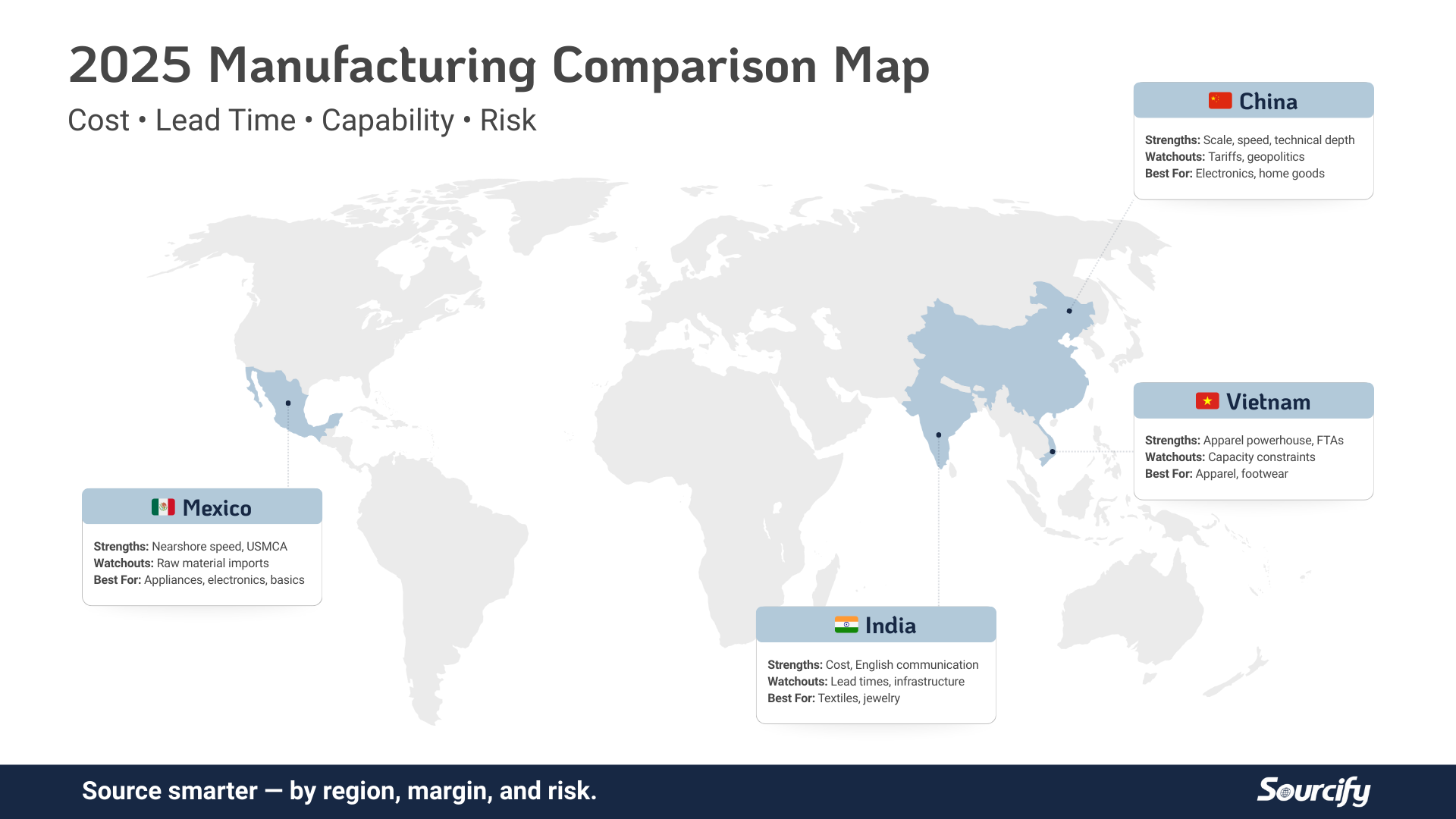The manufacturing landscape has witnessed exponential growth in technology adoption many times over the centuries, but it’s on the precipice of yet another. Artificial intelligence (AI) is at the heart of this new industrial revolution, promising substantial gains in efficiency, productivity, and profitability across diverse sectors.
The advent of AI has brought about a paradigm shift in various industries, and manufacturing is no exception. The incorporation of AI technologies into manufacturing processes is revolutionizing the greater manufacturing landscape in countless ways. Read on for just five of the remarkable ways AI is transforming the manufacturing landscape and shaping the future of industrialization.
-
Predictive Maintenance and Analytics
One of the primary applications of AI in manufacturing lies in predictive maintenance.
Through massive data analysis, machine learning algorithms can detect patterns and anomalies in equipment behavior, thereby predicting potential failures before they occur. This helps manufacturers reduce unexpected downtime, extend machinery life, and optimize maintenance schedules.
Furthermore, AI-based analytics helps determine necessary preventive measures to ensure maximum equipment efficiency and a smoother production process. By utilizing AI-driven algorithms to process immense amounts of data from sensors within machinery, manufacturers now have the ability to predict when maintenance is required for their equipment. Companies that leverage this opportunity save on only maintenance costs and also may avoid replacing their equipment unexpectedly.
-
Autonomous Robots and Cobots
AI-powered robots have become a mainstay in modern manufacturing units, enhancing assembly line productivity through precise handling of materials and tools. Autonomous robots can work round-the-clock without succumbing to fatigue or boredom, driving down labor costs while maintaining high levels of efficiency.
Collaborative robots (cobots) are designed to work alongside humans — offering a combination of speed and flexibility — rendering excellent results that improve overall output quality.
One primary criticism of robots has been the potential for the replacement of humans in manufacturing, slashing job opportunities in the sector. However, with the continued development of cobots, the worst can be avoided. Humans and cobots working in synergy produce more effective and productive outcomes for every party.
-
Quality Assurance Through Computer Vision
Advanced AI-driven computer vision systems streamline quality control operations by inspecting components for defects with higher speed and accuracy than human eyes.
These systems can analyze thousands of images per minute to identify flaws even as minute as hairline cracks to ensure optimal product quality. By catching errors earlier in the production process, manufacturers minimize waste while maintaining a consistent level of quality throughout their offerings.
These systems not only increase efficiency but also improve overall product quality by ensuring a higher degree of precision and accuracy. Machine learning models can be trained using data related to historical defects or anomalies to recognize issues in real time during the production process. These smart inspection systems can then alert employees instantly if they detect any problems, enabling rapid remediation and prevention of delays or recalls due to faulty products.
-
Data-Driven Supply Chain Management
Artificial intelligence has revolutionized supply chain management by taking advantage of vast amounts of data generated during production runs. AI algorithms help predict customer demand patterns more accurately than traditional forecasting methods, enabling manufacturers to plan inventory levels, optimize production schedules, and reduce excess stock.
Moreover, AI-assisted logistics automation ensures smooth distribution channels and route optimization, resulting in faster deliveries and cost savings.
-
Enhanced Human-Machine Interface (HMI)
AI is instrumental in strengthening the bond between humans and machines through natural language processing and speech recognition technologies. The interface between operators and equipment has become more intuitive than ever before, as operators can now interact with machines by voice instead of tirelessly navigating through complex screen menus. This vastly reduces human error in manufacturing operations while optimizing worker efficiency.
Improvements like HMI are challenging and require significant back-end research and development, but with the immense advancement AI has undergone over the last several years, it’s within the realm of possibility to have robots that a supervisor could interact with like a human in the near future.
Those robots, trained on specific tasks within a manufacturing infrastructure, would have the ability to “hear” and understand, adjusting their behavior accordingly. The innovation is borderline futuristic.
The rapid technological advancements of artificial intelligence are redefining the greater manufacturing landscape like never before. Its implications stretch from predictive maintenance to improved human-machine interaction.
AI has undeniably become an integral part of the revolution taking the industry by storm. By harnessing these powerful capabilities, manufacturers stand to gain a substantial competitive advantage on the global stage, ensuring their continued success in the future of industrialization.
As AI makes its mark on manufacturing, it’s also fostering rapid innovation and technological advancements across the industry. For example, generative design uses AI-powered algorithms to explore a vast array of design possibilities and suggests optimized solutions for improved product performance and reduced material waste.
By leveraging AI capabilities in R&D efforts, manufacturers have the opportunity to stay ahead of their competition through continuous innovation.
Put simply, those companies that don’t leverage the technologies that they have access to will fall behind. At the speed at which artificial intelligence is increasing in capability, it’s not out of the question to imagine an AI-driven future in the next decade or two. From self-driving Ubers to supply chain insights to cobots on production lines, artificial intelligence has the potential to impact every facet of one’s life — soon.




